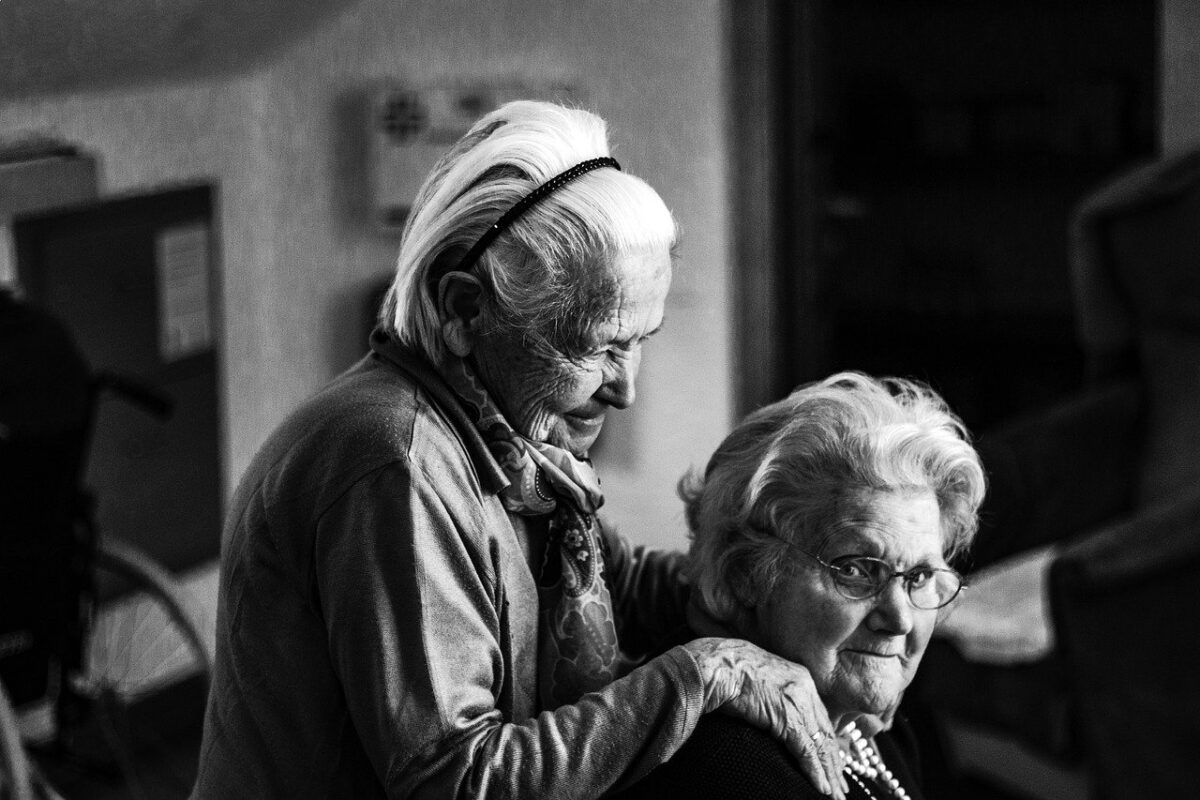Home Care Franchise: Starting your own home care franchise is a great opportunity for entrepreneurs looking to start or expand their businesses.
It can be an especially good option if you know that the need in your community is high, and many people could benefit from caregiving services. But before diving into this endeavor, it’s important to consider the costs involved, what type of franchise best suits your needs, how much work is required daily, and whether or not you have enough money saved up for startup costs.
What Do People Need?
The home care industry has seen tremendous growth over the past few years, which shows that consumers are interested in having outside help to care for their needs. Traditionally, the responsibility of providing caregiving services fell to aging relatives or close friends.
But as people are living longer and healthier lives, they’re often leaving those family members too far away to assist when necessary, but that could change. Successful examples such as NurseNextDoorFranchise.com offer a new approach to this problem. Organizing a pleasant, but also profitable caregiving center is something that is not only needed but that should be encouraged too.
The Cost and the Price
Before investing in a franchise, it’s important to have an idea of the costs involved.
It’s easier for people to calculate what they can afford if you know exactly how much money is needed every year. The cost of living varies across various franchises which means that prices will vary as well.
However, general obligations include utilities, office rent, supplies, equipment, and salaries for employees.
Some estimate that monthly expenses are around $4000 to $8000 per month or more depending on services provided and staff size. There are some outliers in this business and many franchises offer lower monthly payments, but it’s important to have a realistic view of what is required.
The Advantages of Franchising
One of the advantages of franchising is that you are buying into an already successful business model. You can reduce your learning curve by following the procedures and protocols that have been put in place by the franchisor.
In addition, you will have access to the company’s marketing resources which can be extremely valuable when starting a new business. Many franchisors also provide training for their franchisees so that they can operate their businesses successfully.
On the other hand, there are some disadvantages to franchising as well.
Franchisees are often required to adhere to the company’s rules and regulations, which can be limiting, and they may not have as much control over their businesses as they would like.
How Much Work is Needed?
One of the most important questions to ask yourself before starting a home care franchise is how much work you can put in daily.
Franchisees are often required to be hands-on and provide direct services to clients. This can be difficult if you have other responsibilities such as a full-time job or family obligations. In addition, you will need to spend time marketing your business and networking with potential clients.
Marketing
Marketing is an important part of operating a successful business, but it can be challenging to set aside time for this activity.
Successful franchisees make marketing a priority each day and invest in various forms of outreach to attract new clients. For instance, many franchises utilize online resources such as Google AdWords campaigns to make their businesses visible when consumers search for related services.
Other methods include launching websites that offer helpful information about senior caregiving problems and solutions. These sites can also act as tools for notifying customers that your services are available. The main thing is to engage potential customers early on so that they feel comfortable reaching out when they’re ready to take the next step.
Advertising Costs
Creating marketing materials can be expensive, but it’s important to create a good first impression. For instance, logos can cost anywhere from $100 to $2000 depending on the quality of design and materials used. Nonetheless, in today’s world, digital and visual, you are going to need a way for people, and potential customers, to recognize you in an instant.
Once you have an attractive logo for your business that is unique, you can begin thinking about other expenses such as stationery that’s needed to send out mailings and brochures promoting your franchise.
Starting your own home care franchise is a big decision. You have to be prepared for the work, expense, and time involved in running this type of business successfully. But if you are passionate about caring for seniors or providing other types of senior living services on an individual level, then it may just be worth it!
